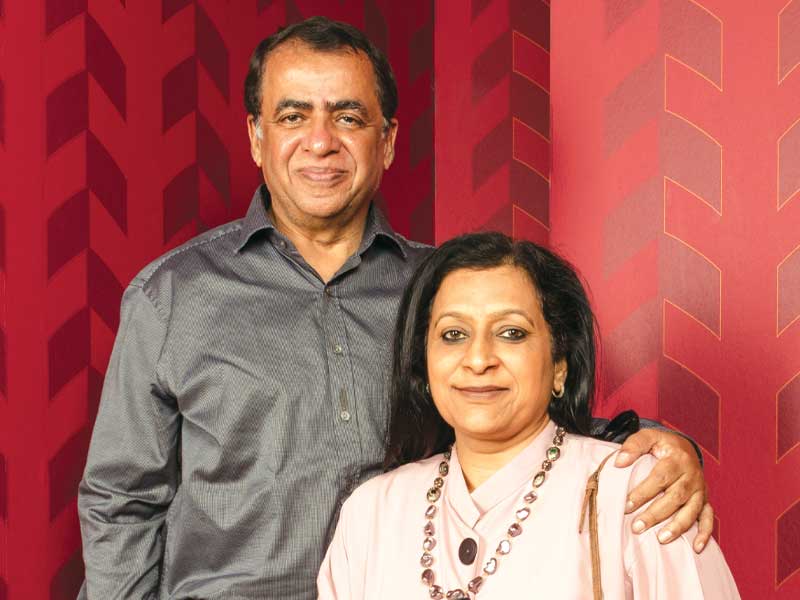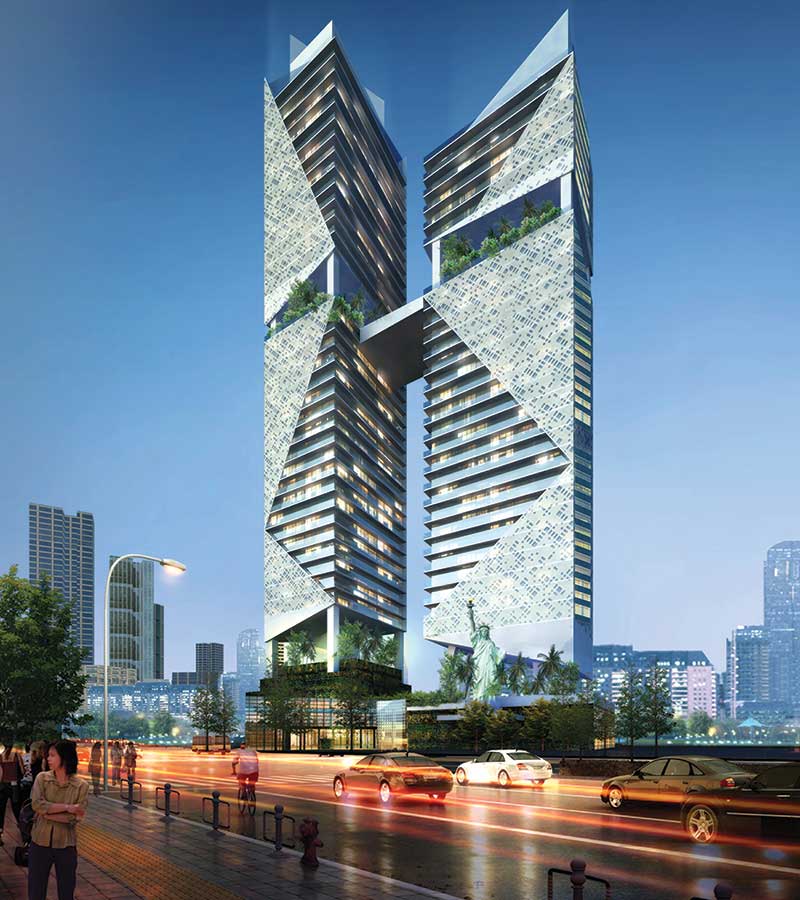
Architectural transformation is not merely an aesthetic odyssey across time. It embodies our technological prowess, philosophical paradigms, socio-political upheavals, environmental adaptations, and Artificial Intelligence, symbolizing mankind’s steps towards spatial manipulation, sculpturesque ornamentation, high-tech expressions, and now 3D concrete printing. Architecture reflects a transformative journey through history, cultural roots, societal trajectory, regional context, and a narrative woven through space and time.
Architecture as a profession must constantly evolve, adapt, and transform with the new challenges, changes and opportunities arising in technology, sustainability, and diminishing livable spaces, in terms of building materials, construction techniques, processes, modelling methodologies, precision construction combined with alternative energy resources and reduced carbon footprint.

Indian architecture today takes its roots from the ethos of our ancient planning practices and is reinterpreting it into contemporary, experimental architecture. Though architecture changes aesthetically through time but it must always be contextual in its functionality and a continuous work in progress.
It must be forward thinking, collaborative, communicative and take a contextual design approach that transcends time, use, purpose, aesthetics, and function, to create meaningful architecture. Creativity has no bounds and technology has given wings to ideas. In present times, we are seeing a surge of technologies, materials, techniques which are supplementing our thought processes and approach to design. To offer experiential environments and spaces, creativity is challenging the senses to engage beyond the art and science of architecture, with technology, to design out-of-the-box solutions that are smarter, innovative, sustainable, and adaptive. The future of Indian architecture is currently undergoing an exciting transformation that promises to be dynamic and fascinating.















